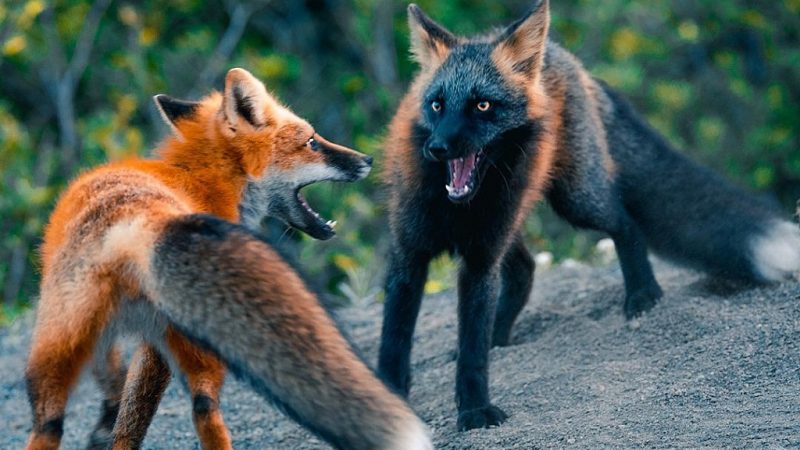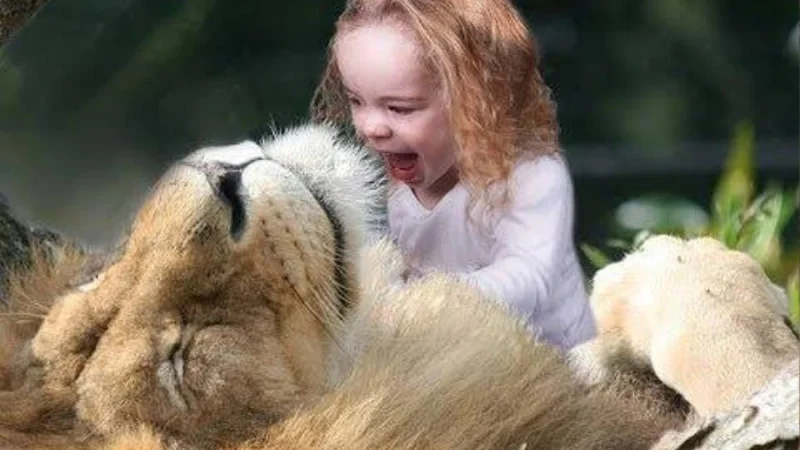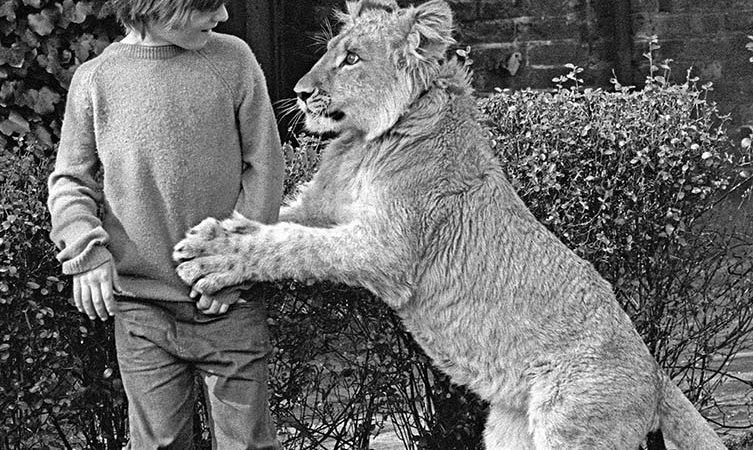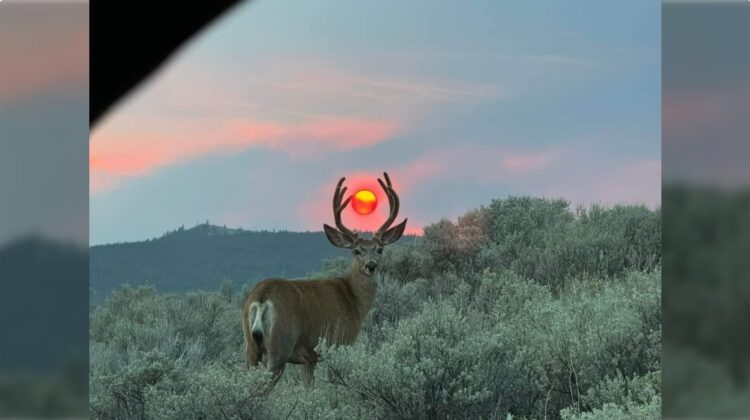Exploring the Majesty of the Pileated Woodpecker: Nature’s Drummer
In the heart of North America’s woodlands, a creature of striking beauty and distinctive features graces the trees with its presence—the Pileated Woodpecker (Dryocopus pileatus). This majestic bird, with its vibrant plumage and unique markings, stands as a testament to the wonders of avian diversity.
The Pileated Woodpecker, often referred to as nature’s drummer, is the largest woodpecker in North America. With its striking red crest and bold black and white patterns, it commands attention as it effortlessly navigates through the forest canopy. The iconic “Pileated” name originates from the Latin word “pileatus,” meaning capped, an apt descriptor for the bird’s regal appearance.
One cannot overlook the rhythmic drumming that echoes through the woods—a signature feature of the Pileated Woodpecker. Their powerful beaks are not just tools for carving out nest cavities but also function as nature’s percussion instruments. The drumming serves various purposes, from establishing territories to attracting mates, creating a symphony that resonates through the woodland expanse.
These woodpeckers exhibit remarkable adaptability in their choice of habitats. From mature forests to wooded suburbs, they find a way to thrive. Their primary diet includes carpenter ants and wood-boring beetle larvae, making dead or decaying trees essential to their ecosystem. In this delicate balance, the Pileated Woodpecker becomes a guardian of forest health, contributing to the cycle of decay and renewal.
Observing the courtship rituals of Pileated Woodpeckers is a nature enthusiast’s delight. Elaborate displays of head pumping, calling, and hopping from tree to tree create an intricate dance that symbolizes the onset of breeding season. These rituals not only showcase the bird’s social dynamics but also add a touch of theater to the woodland landscape.
As with many avian species, the Pileated Woodpecker faces challenges in the form of habitat loss and fragmentation. Conservation efforts are crucial to ensuring the continued presence of this majestic bird in North America’s ecosystems. Their survival is not just a testament to the resilience of nature but also a reminder of our responsibility to preserve the habitats they call home.
The Pileated Woodpecker emerges not just as a bird in the woods but as a symbol of nature’s artistry and resilience. Its vibrant plumage, rhythmic drumming, and vital ecological role make it a fascinating subject of study and appreciation. As we delve into the heart of North America’s woodlands, let us celebrate the majesty of the Pileated Woodpecker—a living testament to the wonders that unfold when nature’s canvas is painted with feathers and song.
Hits: 20









